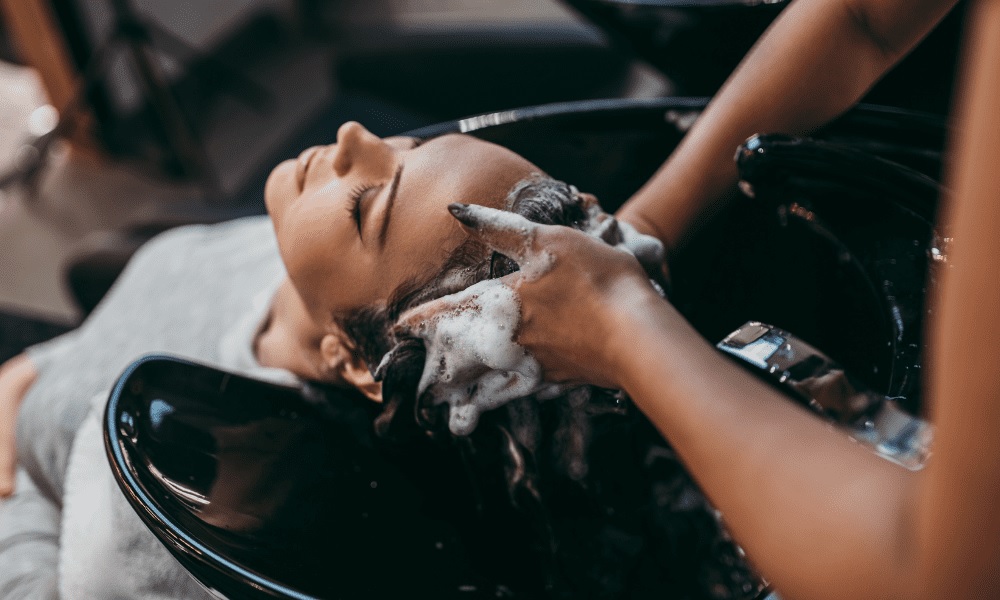When those first greys start to appear, a professional hair color at the salon helps seamlessly blend them back into your natural shade. Coloring over grey hair requires special techniques and product selection to avoid mistakes like brassy or uneven tones.
Consultation
Schedule a dedicated consultation before your coloring appointment to discuss your goals with your stylist. Bring examples of your ideal shade and amount of grey coverage. Talk honestly about your hair care regimen, sensitivities, and desired maintenance level. Don’t book a same-day color without consulting first as a beginner. Request a pre-color strand test on a small section near your hairline. It shows how your hair will take up the color and indicates any possible damage. Healthy, virgin hair accepts permanent color better. But strip tests predict overly porous or compromised areas that may absorb too much color unevenly.
Lighten first if needed
For dark brunettes going lighter, pre-lightening is probably necessary to avoid muddiness when coloring over grey. This “filler” creates an even blank canvas so your target shade colors are true and uniform. Without lightening first, results tend to look dull and flat after a permanent color. Discuss options like partial highlights, bleach baths, or full foils. If you have 30% or fewer greys, a semi-permanent gloss blends them seamlessly as an interim step. Semi-permanent color washes out over 4-6 weeks so hair isn’t lifted or opened for permanency. Slowly transitioning to permanent color as greys appear makes this possible.
Two types of permanent hair color exist: oxidative and non-oxidative. Oxidatives use ammonia or persulfates to open the cuticle and last longer. But this dries out or damages hair over time. Non-oxidative permanent color is ammonia-free and deposits color without lifting the cuticle. It causes less damage by not overly swelling the hair shaft. Most stylists recommend non-oxidative permanent color for covering greys to maintain integrity and shine. Brands like INOA, Organic Color Systems, and Wella Illumina are great ammonia-free options.
Weave application for grey blending
When applying permanent color, stylists use a weaving method to blend grey roots seamlessly. It involves painting the new growth area thicker with color while feathering it through previously colored ends with a tinting brush. Drugstore box dyes seem affordable, but the results are far inferior. Pre-mixed box colors sit for prolonged periods losing potency. It leads to faded results fast. Box dyes can’t be customized by your stylist for your hair’s needs. The damage from the at-home application without expertise ruins the hair. Stick with hair salon fort lauderdale color if covering greys is your goal. A clear semi-permanent gloss treatment is applied after permanent coloring to boost shine. This temporary conditioning glosses smooth the cuticle for glassy reflection without altering your color. Interim color treatments are also protected. Ask your stylist to finish with a gloss for added vibrancy.










